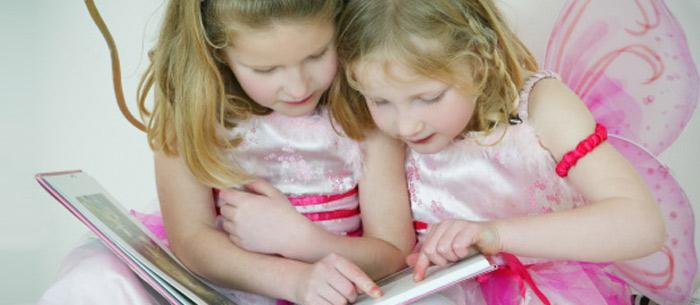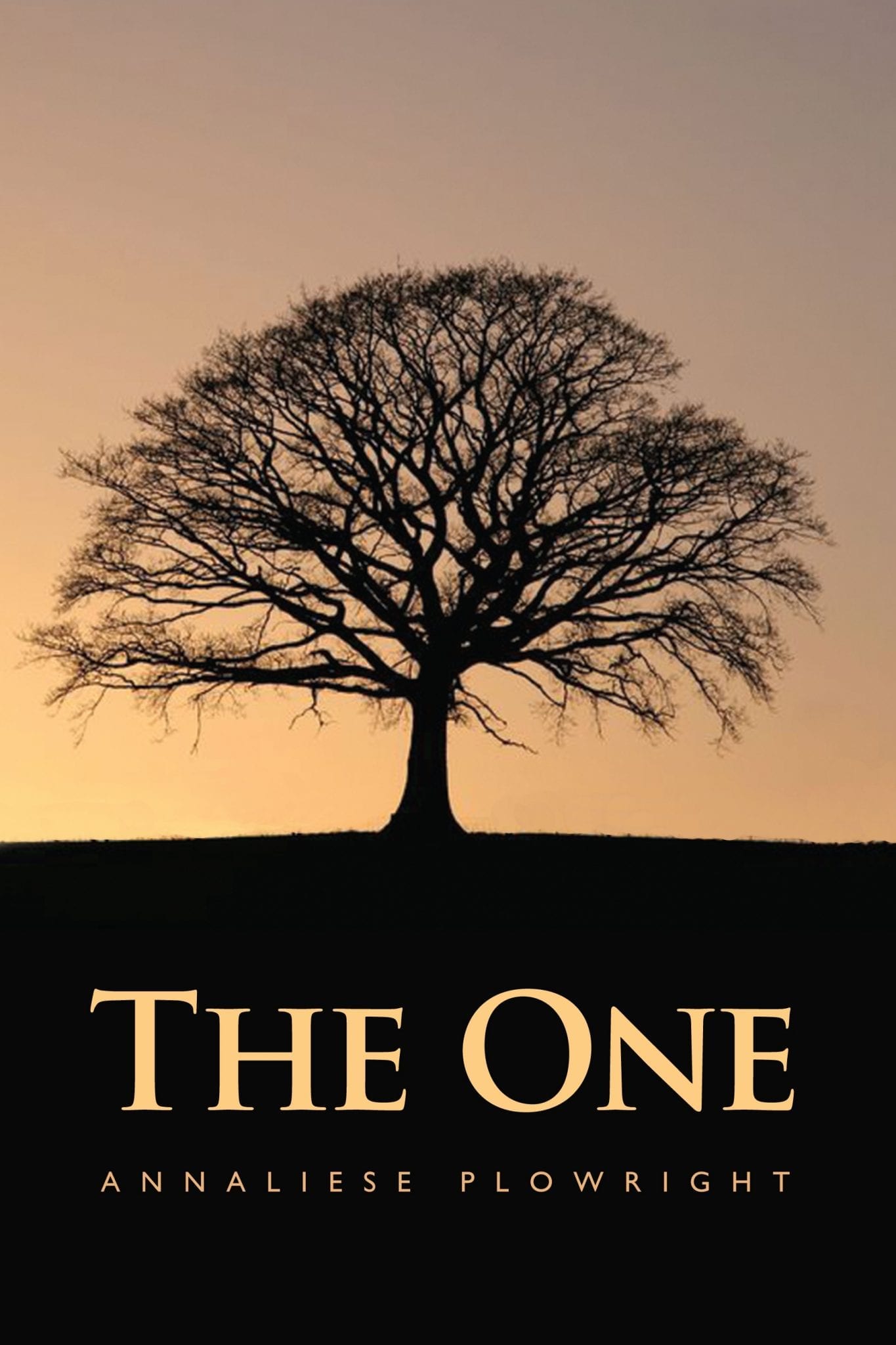I believe a child’s ability to learn at a very early age is typically underestimated–possibly delaying a child’s verbal development. I have found that most children between the ages of 4 and 6 can master many language skills that we tend to “reserve” for when they are a bit older.
If, instead, we work on the assumption that most children can incorporate complex words into their functional vocabulary between the ages of 4 and 5, we can help make that happen. One of the best and most enjoyable ways to accomplish this is by reading to your child as often as possible.
A children’s book that incorporates the following elements will show a rapid increase in vocabulary and stimulate curiosity that leads to further vocabulary mastery.
1. First and foremost, books with a message or a moral offer greater opportunities to talk with your child about the book and story. If talking is an integral part of your interactions, new words can be regularly introduced without a problem.
2. The book where the picture and story are fused on the same page offers two layers of learning at the same time. The text is the expression of the story in words joined by the illustration that is the expression of the story in picture. Both contribute to the understanding of the story.
Sometimes, the parent or other adult only sees the “obvious” elements of a picture, but the child almost always sees small details, too, and and will comment on them. The learning then is more of a shared experience, and the child is pleased to have “taught” the older reader something about the story.
3. The story should be at the interest level of the target audience. Then, if “new” words are well presented, children will more readily learn them and incorporate them into his or her functional vocabulary. Some authors feel that for young children blue is a “safer” word to use than indigo or azure. They will then also stay away from “difficult” words like labyrinth or camouflage that will initially need to be explained.
As long as the reader takes the time to explain “new” words and encourage the child to use the “new” word in a sentence of their own, these words can quickly be added to a child’s vocabulary.
4. Using the above approach, once more difficult words are mastered, it can trigger other learning. If the parent explains that the “ology” in paleontology means “the study of,” they can then expand on that and talk about other words that end in “ology” such as ecology, biology, archaeology, geology, etc. If one topic particularly piques your child’s interest, then a trip to a museum or other “outing” can be planned as well as finding additional books on the subject.
5. For some words, the derivation of that word might be fun to talk about. Sandwich, mesmerize, and silhouette all have fascinating derivations. Check them out for yourself.
6. Poetry by itself or within a prose text is another powerful tool for vocabulary building. When a “new” word is part of a repetitive phrase or poem, the repetition reinforces the learning. Of course poetry goes far beyond that as well. It naturally teaches rhythm and rhyme as well as syntax and pronunciation.
It all adds up to a simple truth: if you trigger the imagination of a child, it will blossom. If you trigger the creativity, it will flourish.
Happy reading!
Thomas Weck is a creative and captivating national award-winning author of children’s books, including the popular Lima Bear Stories Series: The Megasaurus, How Back-Back Got His Name, The Cave Monster, The Labyrinth and Bully Bean. Learn more at LimaBearPress.com.
Image source
Modern Day Moms
Modern Day Moms is an award-winning publication centered around motherhood that is real and unfiltered. Basically, we don't sugarcoat anything and aren't afraid to tell you the truth. Let's be best friends, we will make you feel more normal.





Leave a Comment